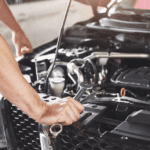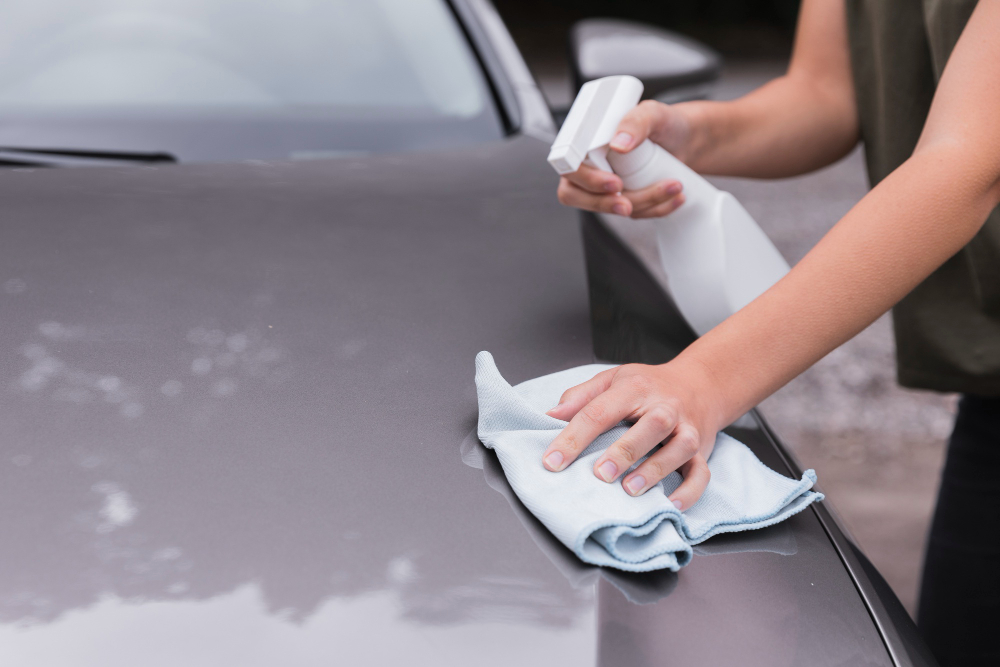
DIY car maintenance can be a great way to save money and stay on top of your vehicle’s health. It doesn’t take much time or effort, and you can keep your car running smoothly without paying for a professional service.
You can do simple tasks like changing your oil or replacing your brakes with the right tools and know-how. This article will cover the basics of DIY car maintenance, including what tools you’ll need and how to get started.
Read on to learn how you can save money by DIY car maintenance!
1. Understanding The Basics Of Car Maintenance
DIY car maintenance can help you save money, but it’s essential to understand the basics first.
Reading your vehicle’s manual is a great starting point, as it will provide information on when and how to maintain different parts of your car. This may include checking fluids, such as oil and coolant, changing spark plugs, checking tire pressure, and much more.
Additionally, online forums or local mechanics can provide helpful advice if you are unsure.
Gathering the right tools for DIY car maintenance is critical to success. Depending on what needs to be done, you may need wrenches of various sizes, pliers, a jack for lifting the car, and other items.
It’s also essential to have a few extra supplies on hand in case something goes wrong during repairs or replacements – these could include spare nuts and bolts or even an extra set of tires in the event of a flat.
Knowing your vehicle is also essential for completing successful repairs yourself. Knowing where components are under the hood can help diagnose issues quickly and accurately.
You should also refer to your owner’s manual often to ensure you’re using the correct techniques and procedures when performing any repair work on your car.
With this established knowledge base, you’ll be ready to tackle basic DIY car maintenance tasks and save money.
2. Gathering The Right Tools
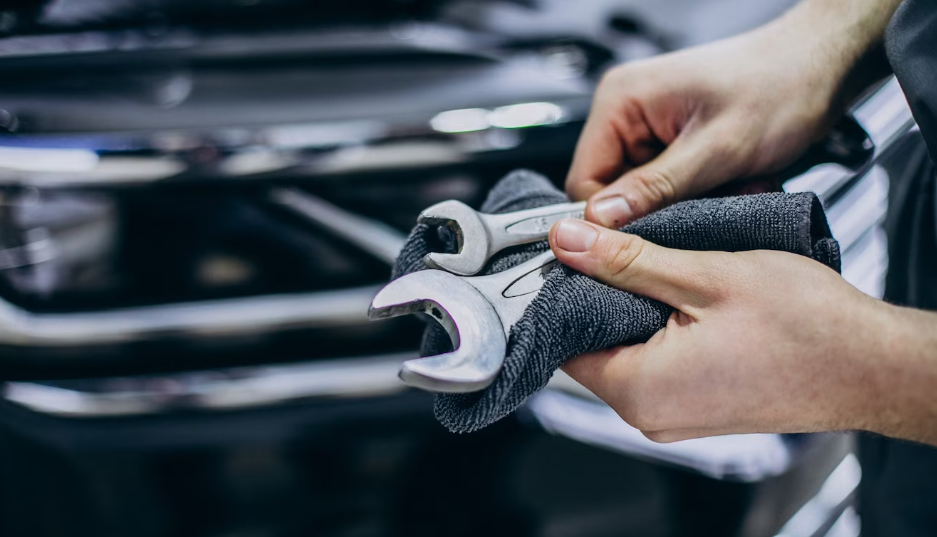
Now that you understand the basics of DIY car maintenance, it’s time to gather the right tools. Whether you’re a beginner or an experienced DIYer, having the right items for the job can save money and keep your car in great shape.
Here are just a few of the must-haves:
- Diy Engine Detailing: How To Achieve A Professional-Quality Finish At HomeSocket Wrench set
- Oil filter wrench
- Funnel
You’ll also need additional supplies, such as gloves, rags, and a degreaser. Checking fluids like oil and coolant levels are an essential part of car maintenance that should be done regularly. Inspecting belts and hoses for signs of wear and tear is another way to stay on top of your vehicle’s health.
Knowing when you can take care of something versus when to call a professional is critical to ensuring your car runs smoothly without breaking the bank. It’s time to dive into how to get these tasks done safely.
3. Knowing When To Diy
DIY car maintenance can save you a lot of money, but knowing when it’s better to leave the job to a professional is essential. Comparing costs and spotting problems is critical in knowing when to take your car into the shop.
| Situation | DIY | Professional |
|---|---|---|
| Small repair | Yes | No |
| Easy fix | Yes | No |
| Complex repair/diagnosis | No | Yes |
It’s wise to gauge your skill level before attempting any repairs or maintenance on your car. If you don’t feel comfortable tackling a problem or don’t have the right tools for the job, it may be best to take it to a shop where technicians can diagnose and repair the issue. The cost of parts and labor at an auto shop can quickly add up, so weigh the price of both options before making a decision.
Also, consider the safety risks associated with doing repairs yourself. A botched job could cause more damage down the road and cost much more than if you had taken care of it correctly from the start. When in doubt, always consult an experienced mechanic who can provide sound advice and guidance on how best to proceed with any automotive work.
Knowing when to DIY is essential in saving money on car maintenance, but being aware of these factors will help ensure that all necessary repairs are done correctly and safely. With this knowledge, you can make informed decisions about keeping up with your vehicle’s needs without breaking the bank. Now let’s look at changing your oil—an easy task anyone can do!
4. Changing Your Oil
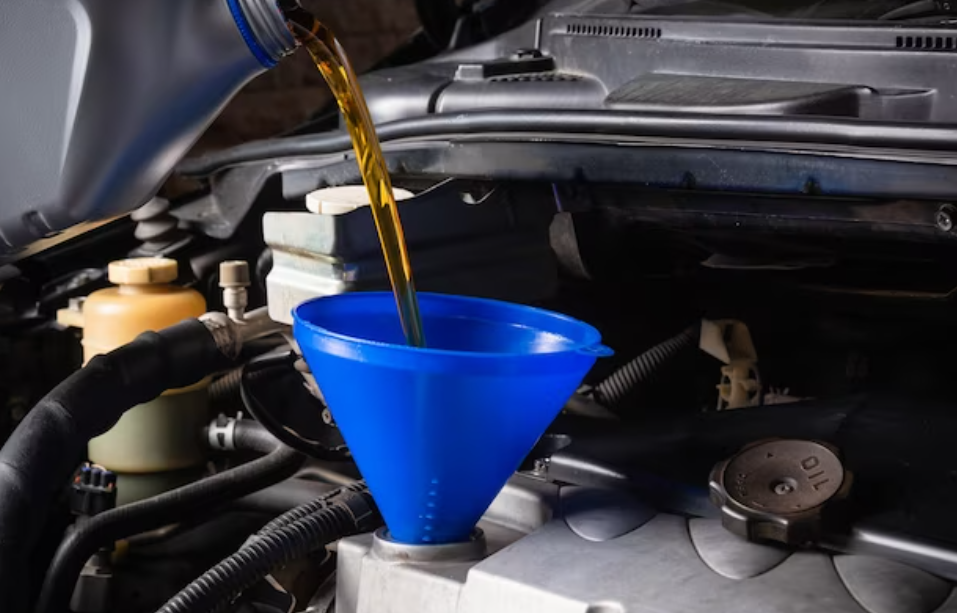
An oil change is a relatively simple DIY car maintenance task, and it can save you a lot of money if done correctly. Weighing the costs and assessing the risks associated with changing your oil can help you determine if this is something that you want to do yourself or have done by a professional.
Several things need to be taken into consideration when changing your oil:
- Ensure you have all the necessary tools
- Use the correct grade of oil for your car
- Change the oil filter
- Check for any leaks
- Reset your odometer
These steps are easy to follow but should be done to maintain your car’s engine properly. These steps ensure you get the most out of your DIY car maintenance experience.
This task can lead to more savings in other areas, such as replacing brakes and other components.
5. Replacing Brakes And Other Components
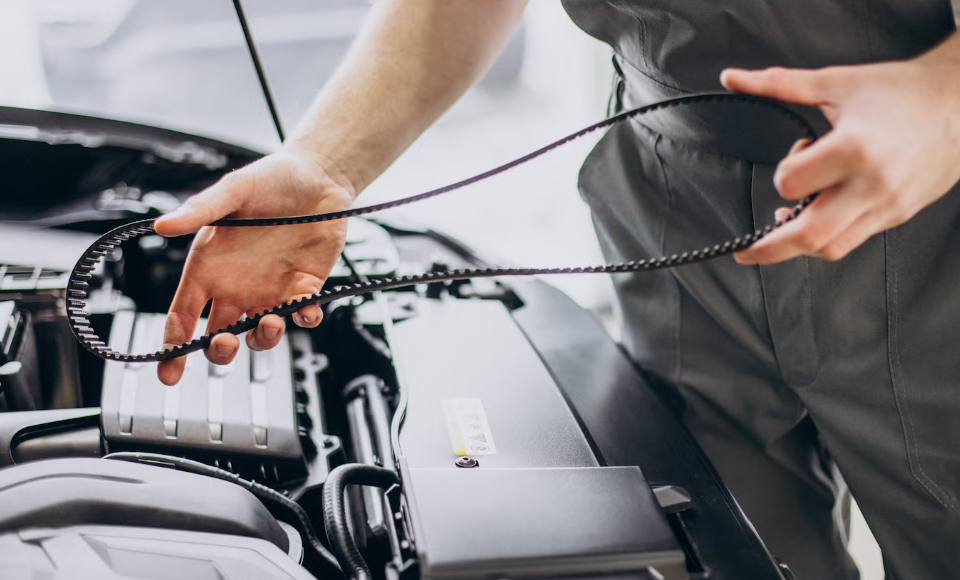
Now that you have completed the oil change, replacing the brakes and other components is time.
The first step in this process is inspecting your brakes. You will want to check for any wear on the pads or rotors. If you see any, it’s a sign that they need to be replaced.
Once you have identified which parts need to be replaced, you can begin replacing them. This may include removing existing rotors, installing new ones, and replacing brake pads and hardware such as springs and clips.
You may also want to inspect and replace other car components while working on the brakes. This could include checking spark plugs and wires, examining belts for signs of wear, and checking hoses for cracks or leaks.
Taking care of these minor details can save you time and money in the long run by preventing future issues with your vehicle.
It is essential to take your time when doing DIY car maintenance. Ensure you follow all instructions carefully so everything gets done correctly and your car remains safe and reliable.
With patience and attention to detail, you can save money by doing DIY car maintenance at home!
Frequently Asked Questions
How Often Should I Rotate My Tires?
Rotating your tires should be done every 6,000 to 8,000 miles or at least twice a year.
Not only will this help extend their life and save you money in the long run, but it will also help ensure that your brakes are working properly as well.
By rotating your tires regularly, you can even out the wear and tear on them and check for any brake pad issues.
It’s also important to check fluid levels each time you rotate your tires to make sure everything is running smoothly.
How Do I Check My Car’s Battery?
Checking your car’s battery is an important part of car maintenance. To ensure that your battery is functioning properly, you should regularly check the voltage and fluid levels.
To check the voltage, use a multimeter to measure the amount of electrical current stored in your battery. If the voltage is below 12 volts, then it may need to be replaced.
To check the fluid level, look at the markings on the side of the battery. If it’s near or below the minimum line, fill it up with distilled water.
Keeping an eye on these two things will help you avoid costly repairs in the future!
How Do I Know If My Car Needs A Tune-Up?
Troubleshooting car issues and doing preventive maintenance can be a great way to save money on car maintenance.
To know if your car needs a tune-up, you should look out for any performance issues such as poor acceleration or stalling.
You should also look out for any warning lights that may show up on your dashboard.
Lastly, if it has been more than three years since your last tune-up, it’s likely time for another one
What Type Of Oil Should I Use For My Car?
When it comes to oil types, you should use the type of oil recommended by the manufacturer for your car’s make and model.
Check your owner’s manual or ask a certified technician to determine what type of oil is best for your vehicle.
Generally, synthetic oils are more expensive than conventional oils but they last longer and can better protect your engine.
You should also change your car’s oil filter every time you change the oil.
If you’re doing a DIY car maintenance fix, make sure to use the right grade of oil and filter for your vehicle.
How Do I Check The Air Pressure In My Tires?
Checking the air pressure in your tires is an important part of owning a car.
The first step is to purchase a tire pressure gauge, which will help you accurately measure the amount of air in your tires.
Next, look for the manufacturer’s recommended psi (pounds-per-square-inch) for all your tires, as this number can vary depending on the type of tire you have.
Once you’ve determined the correct psi, use your tire pressure gauge to check each tire and then add or release air as needed.
Conclusion
Overall, doing your own car maintenance can save you a lot of money. It may seem intimidating at first, but it’s really not that difficult.
You just have to know when to rotate your tires, how to check the battery and air pressure, and what type of oil to use.
After you get the hang of it, you’ll be well on your way to keeping your car running smoothly and saving money in the process.
So why not give it a try? You won’t regret it!
